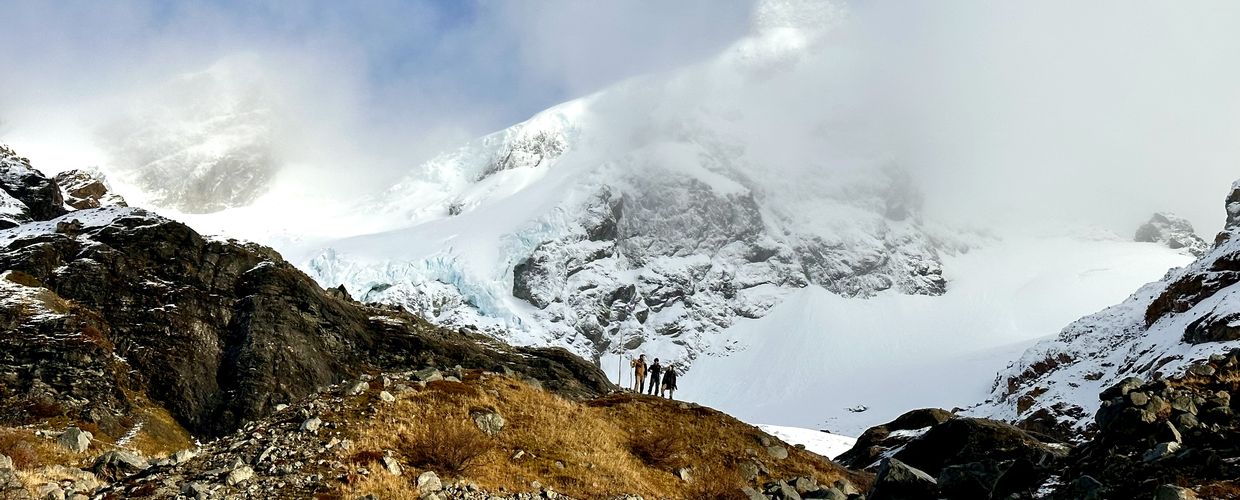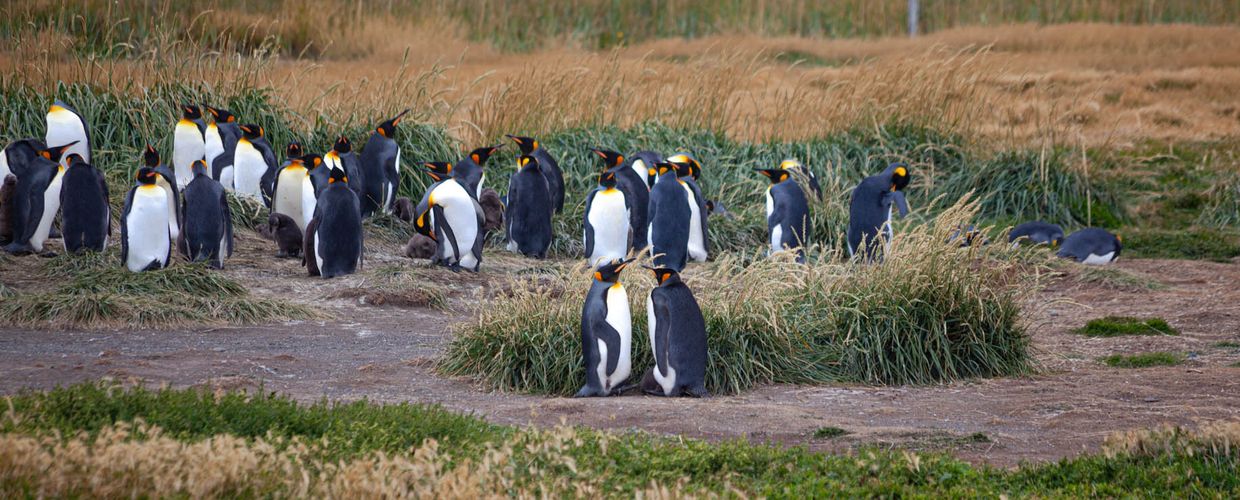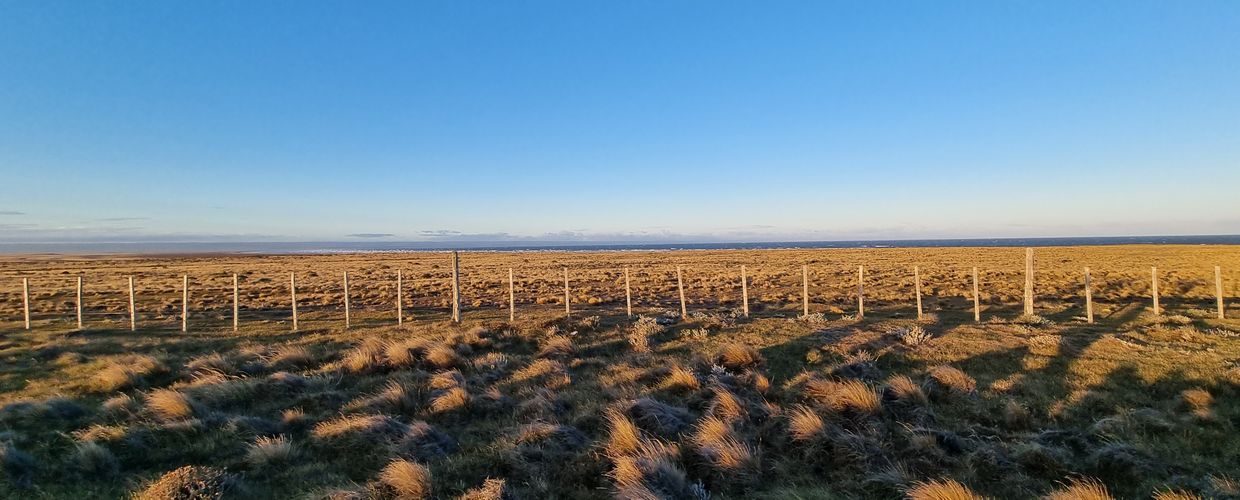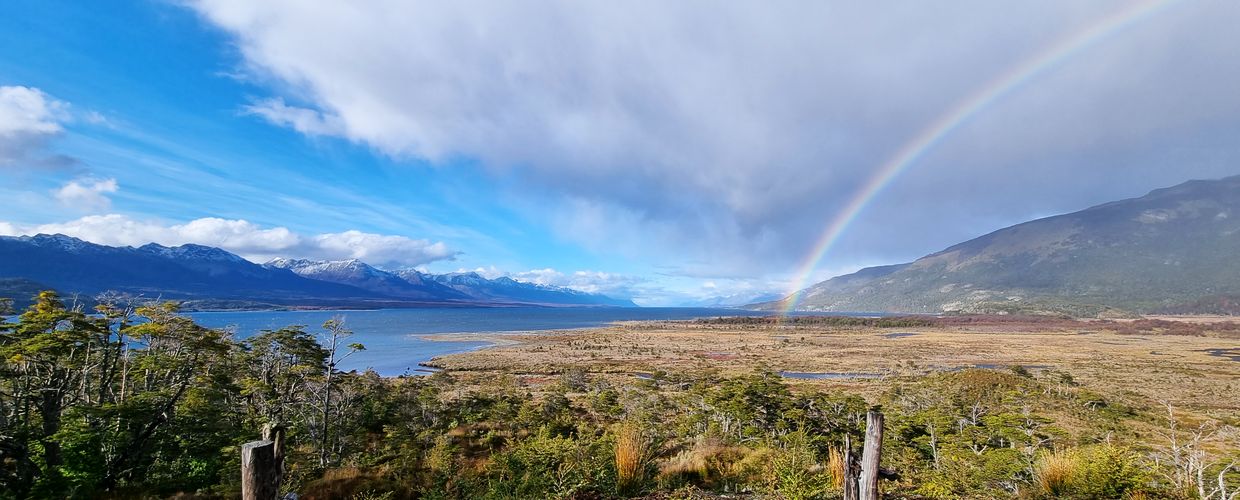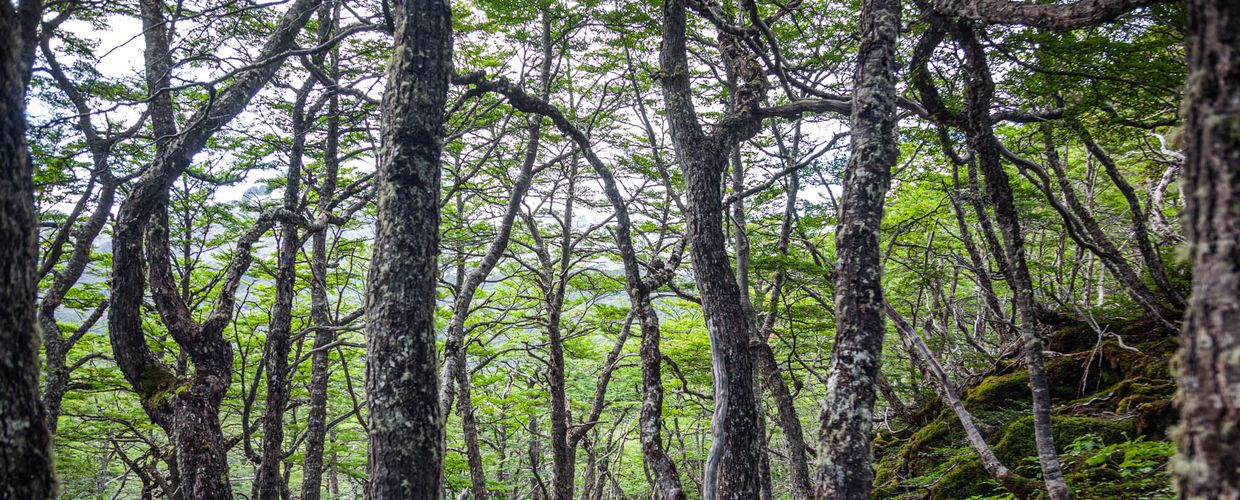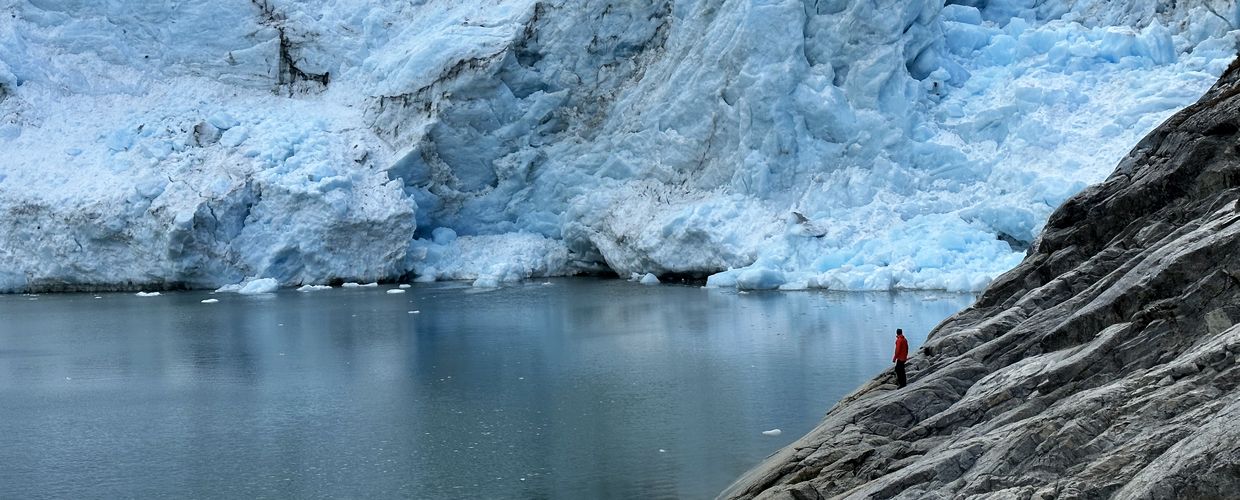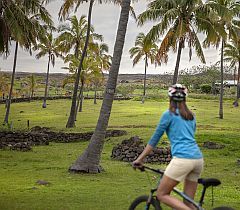Reserved for a maximum of 8 travelers, join us on an exceptional journey to explore this uncharted destination.
From the windswept landscapes of Tierra del Fuego to the vast expanses of the Pampas and the frozen marvels of the glaciers, this expedition promises an experience that transcends the destination itself, catering to the adventurous traveler seeking to discover and explore further.
You will have the opportunity to stay in a place still inhabited by settlers, establishing direct and authentic contact with people who are an integral part of its history.
Exclusive
An invitation to a unique trip designed for 8 travelers based on double occupancy.
Dates:
November 2024: 9th to 15th / 23rd to 29th
March 2025: 12th to 18th / 21st to 27th
Expedition Leaders
An extraordinary and unique journey to the remote island of Tierra del Fuego in the Chilean Patagonia. Led by our expert team of guides and our dedicated staff.
Overview
- Starting and returning from Punta Arenas, Chile.
- 7 days and 6 nights.
- USD 10,500 per person. Double occupancy is required.
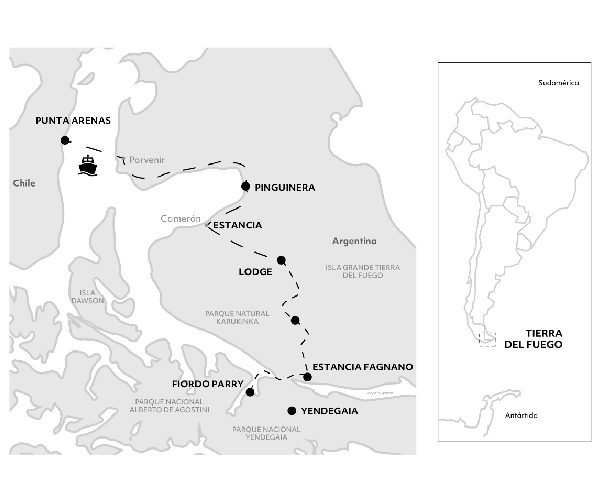
Itinerary at a glance
This once-in-a-lifetime journey, begins in the city of Punta Arenas, where we will gather and get to know each other.
In the following days, our itinerary will take you across the Strait of Magellan, exploring the vast pampas of Tierra del Fuego, visiting the unique colony of King Penguins on the island, and immersing ourselves in the island’s estancia culture. We will also hike through Patagonian forests and navigate the impressive fjords with glaciers. We will be in awe of the majesty of the Darwin Mountain Range, enjoying the natural beauty of Yendegaia National Park, its lagoons, and the surrounding wilderness.
We will return to the city of Punta Arenas via a chartered flight from Pampa Guanaco.
Both our guides and staff will accompany us at every moment to make this trip a memorable experience.
Check out our detailed itinerary here
Connect your journey with Explora Torres del Paine, Patagonia National Park, or Explora El Chaltén, and delve deep into Patagonia. If you are a member of our EXPLORER ECHO SOCIETY loyalty program, you will receive a discount on your stays at these lodges.
For further information, contact Camila at camila.diaz@explora.com
or call +569 3917 8162; she will assist you with any requirements.
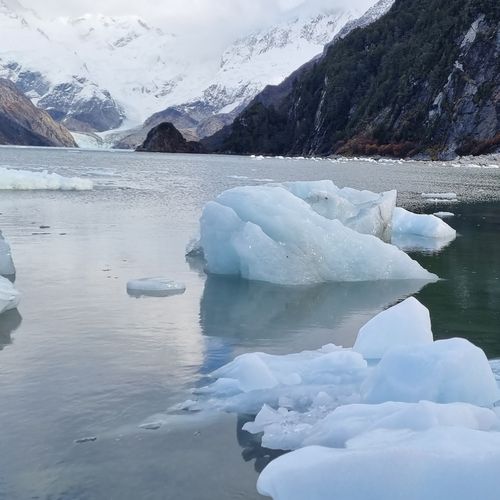

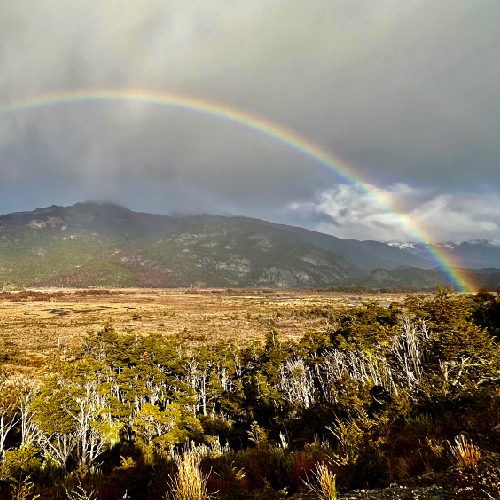
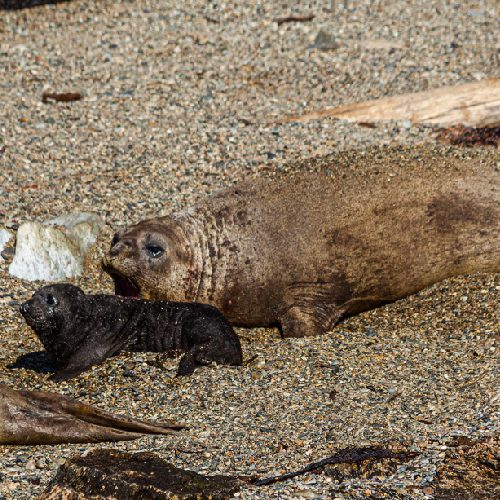
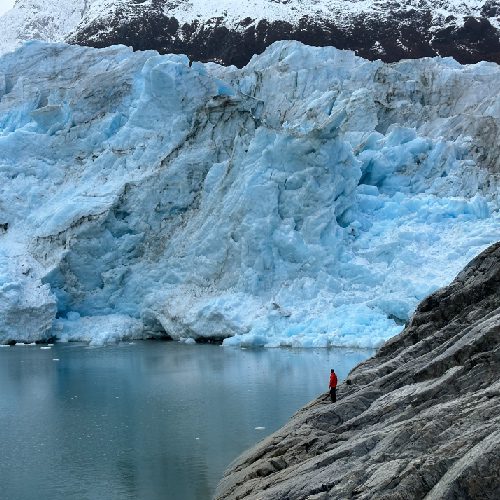
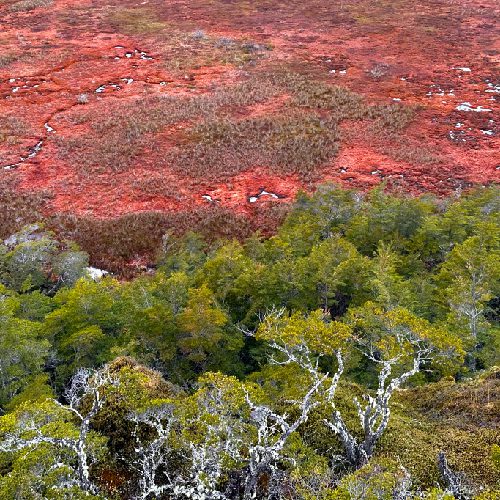
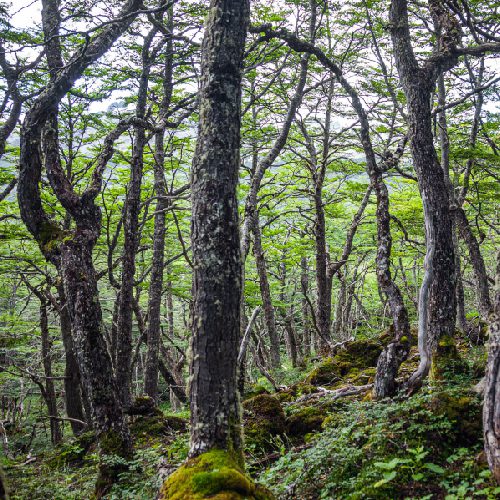
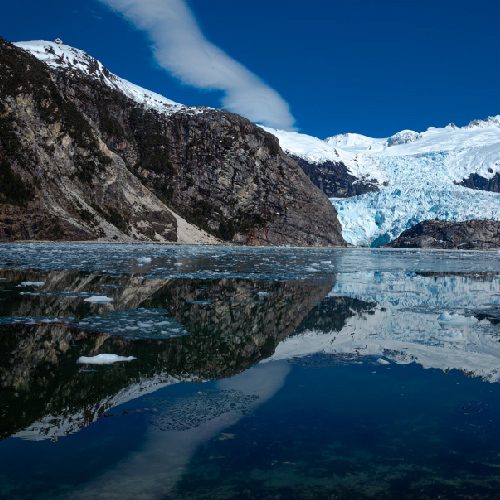
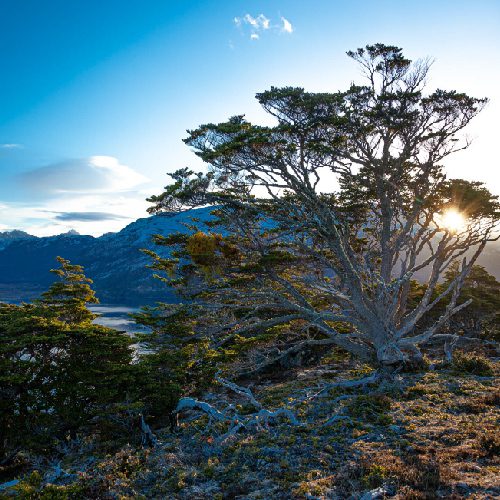
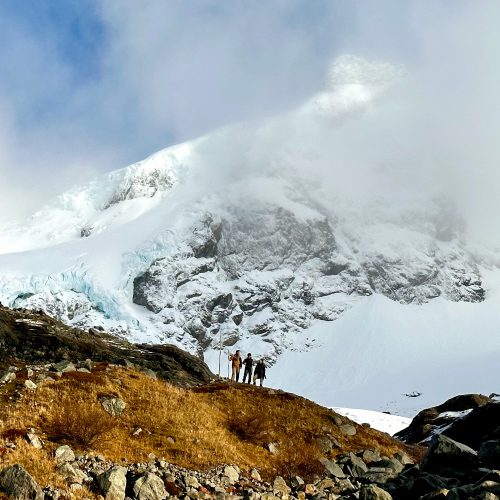

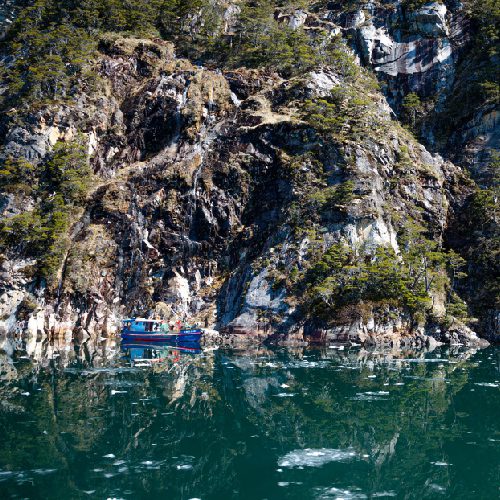
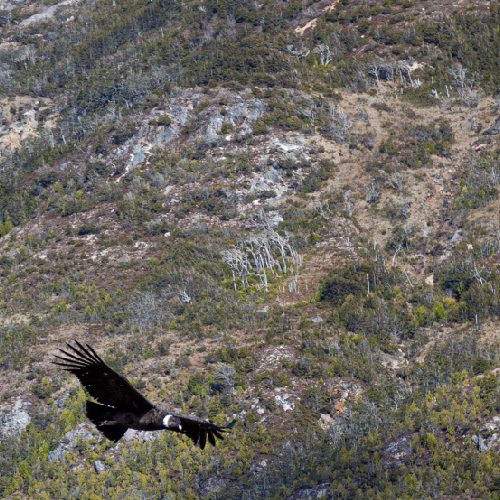
Tierra del Fuego holds within its lands a fascinating history. At the southernmost tip of America, where fire and ice intertwine, lies this territory of untamed beauty and awe-inspiring landscapes. Since ancient times, the indigenous tribes of Yámanas and Selk’nam inhabited these inhospitable lands, bravely adapting to their hostile environment. Their rich cultures and ancestral traditions still resonate in the mists of the past.
It was in 1520 when the Portuguese navigator, Fernando de Magallanes, spotted the lights of bonfires burning on the coast and named this region Tierra del Fuego. Since then, daring explorers and seekers of wealth ventured into these turbulent waters and wild lands in search of treasures and new trade routes. However, the challenging nature and relentless weather conditions turned Tierra del Fuego into a feared and respected place.
In the 19th century, the gold rush, sheep wool production, and timber industry attracted numerous settlers. However, as time passed, the region transformed into a starting point for scientific expeditions and Antarctic explorations, becoming a gateway to the last edge of the world.
Today, Tierra del Fuego lures travelers with its wild and majestic nature. Its parks are home to unique places with lush forests, imposing mountains, ancient peat bogs, and pristine glaciers. Adventurers venture into these territories, feeling the wind of the end of the world with every step.
Tierra del Fuego, a land of contrasts, holds within the essence of its settlers a history full of courage and exploration. Through the centuries, it has witnessed the struggle of humankind to conquer and understand its surroundings.

In addition to the incredible King Penguins, there is a rich fauna throughout the island and the fjords.
- Albatros de ceja negra Thalassarche melanophrys
- Focas Leopardo Hydrurga leptonyx
- Toninas o delfín austral Lagenorhynchus australis
- Caranchos Polyborus Plancus
- Bandurria Baya Theristicus Caudatus,
- Aguilucho común Buteo Polyosoma,
- Cisne de cuello negro Cygnus Melancoryphus,
- Cóndor Vultur Gryphus,
- Halcón Peregrino Falco Peregrinus,
- Gaviota austral Leucophaeus Scoresbii
- Guanacos Lama guanicoe,
- Zorro Lycalopex culpaeus lycoides
The Strait of Magellan is an important maritime route located at the southern tip of South America. In 1520, it was first navigated by a European vessel led by the Portuguese explorer Hernando de Magallanes. The Strait of Magellan connects the Atlantic and Pacific Oceans, providing an alternative for trade and navigation between both oceans.
The strait has an approximate length of 570 kilometers and a width that varies between 2 and 32 kilometers in different sections. Navigating through it poses challenges due to strong currents, intense winds, and ever-changing weather conditions in the region.
Throughout the centuries, the Strait of Magellan has been used as a crucial route for maritime trade, especially during the era of sailing ships. It has also been the setting for numerous scientific expeditions and explorations.
Today, the strait is traversed by cargo ships, cruise liners, and fishing vessels. Additionally, its natural beauty and historical significance attract people who wish to explore this fascinating maritime passage.
-
Tierra del Fuego holds within its lands a fascinating history. At the southernmost tip of America, where fire and ice intertwine, lies this territory of untamed beauty and awe-inspiring landscapes. Since ancient times, the indigenous tribes of Yámanas and Selk’nam inhabited these inhospitable lands, bravely adapting to their hostile environment. Their rich cultures and ancestral traditions still resonate in the mists of the past.
It was in 1520 when the Portuguese navigator, Fernando de Magallanes, spotted the lights of bonfires burning on the coast and named this region Tierra del Fuego. Since then, daring explorers and seekers of wealth ventured into these turbulent waters and wild lands in search of treasures and new trade routes. However, the challenging nature and relentless weather conditions turned Tierra del Fuego into a feared and respected place.
In the 19th century, the gold rush, sheep wool production, and timber industry attracted numerous settlers. However, as time passed, the region transformed into a starting point for scientific expeditions and Antarctic explorations, becoming a gateway to the last edge of the world.
Today, Tierra del Fuego lures travelers with its wild and majestic nature. Its parks are home to unique places with lush forests, imposing mountains, ancient peat bogs, and pristine glaciers. Adventurers venture into these territories, feeling the wind of the end of the world with every step.
Tierra del Fuego, a land of contrasts, holds within the essence of its settlers a history full of courage and exploration. Through the centuries, it has witnessed the struggle of humankind to conquer and understand its surroundings.
-



In addition to the incredible King Penguins, there is a rich fauna throughout the island and the fjords.
- Albatros de ceja negra Thalassarche melanophrys
- Focas Leopardo Hydrurga leptonyx
- Toninas o delfín austral Lagenorhynchus australis
- Caranchos Polyborus Plancus
- Bandurria Baya Theristicus Caudatus,
- Aguilucho común Buteo Polyosoma,
- Cisne de cuello negro Cygnus Melancoryphus,
- Cóndor Vultur Gryphus,
- Halcón Peregrino Falco Peregrinus,
- Gaviota austral Leucophaeus Scoresbii
- Guanacos Lama guanicoe,
- Zorro Lycalopex culpaeus lycoides
-
The Strait of Magellan is an important maritime route located at the southern tip of South America. In 1520, it was first navigated by a European vessel led by the Portuguese explorer Hernando de Magallanes. The Strait of Magellan connects the Atlantic and Pacific Oceans, providing an alternative for trade and navigation between both oceans.
The strait has an approximate length of 570 kilometers and a width that varies between 2 and 32 kilometers in different sections. Navigating through it poses challenges due to strong currents, intense winds, and ever-changing weather conditions in the region.
Throughout the centuries, the Strait of Magellan has been used as a crucial route for maritime trade, especially during the era of sailing ships. It has also been the setting for numerous scientific expeditions and explorations.
Today, the strait is traversed by cargo ships, cruise liners, and fishing vessels. Additionally, its natural beauty and historical significance attract people who wish to explore this fascinating maritime passage.


